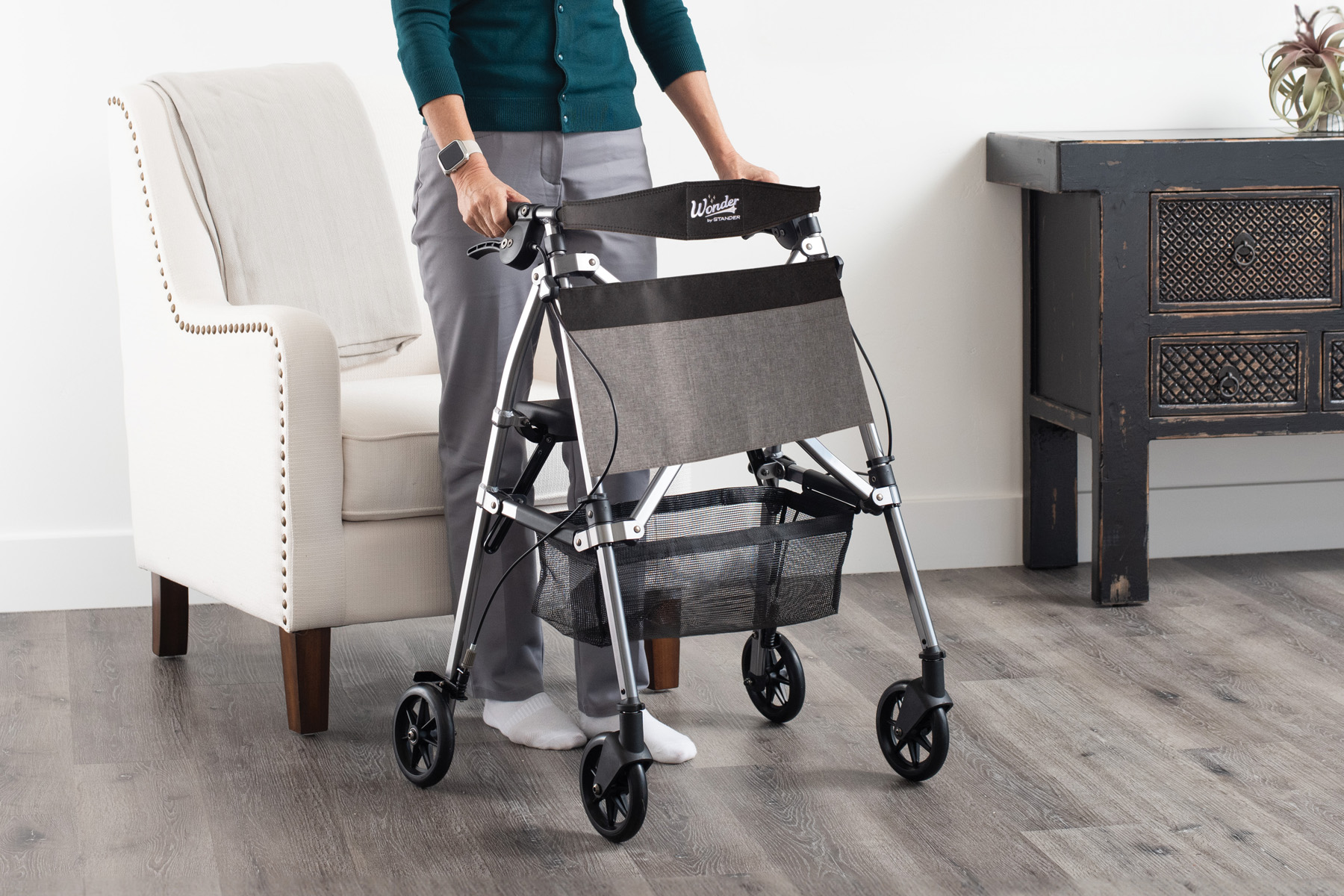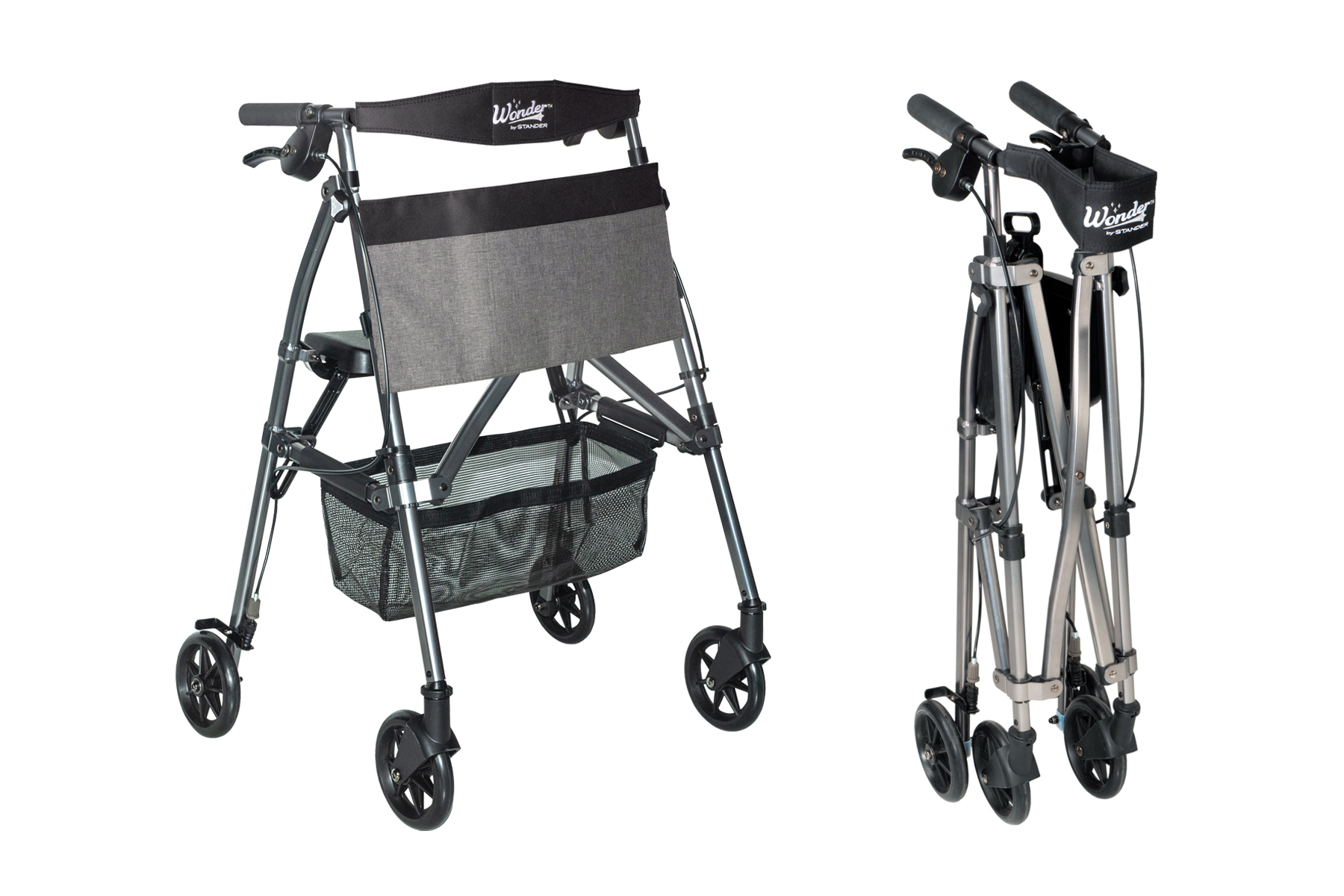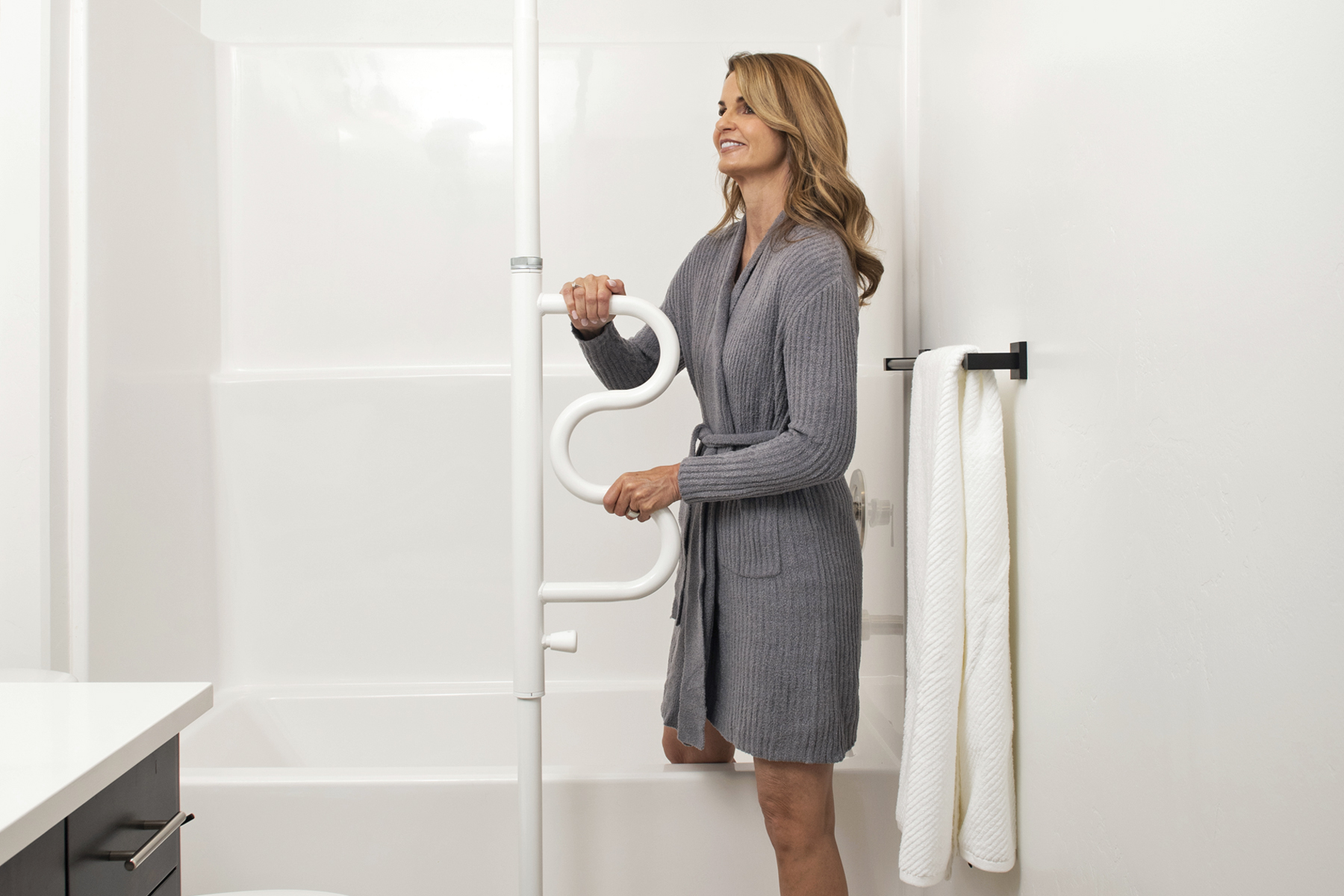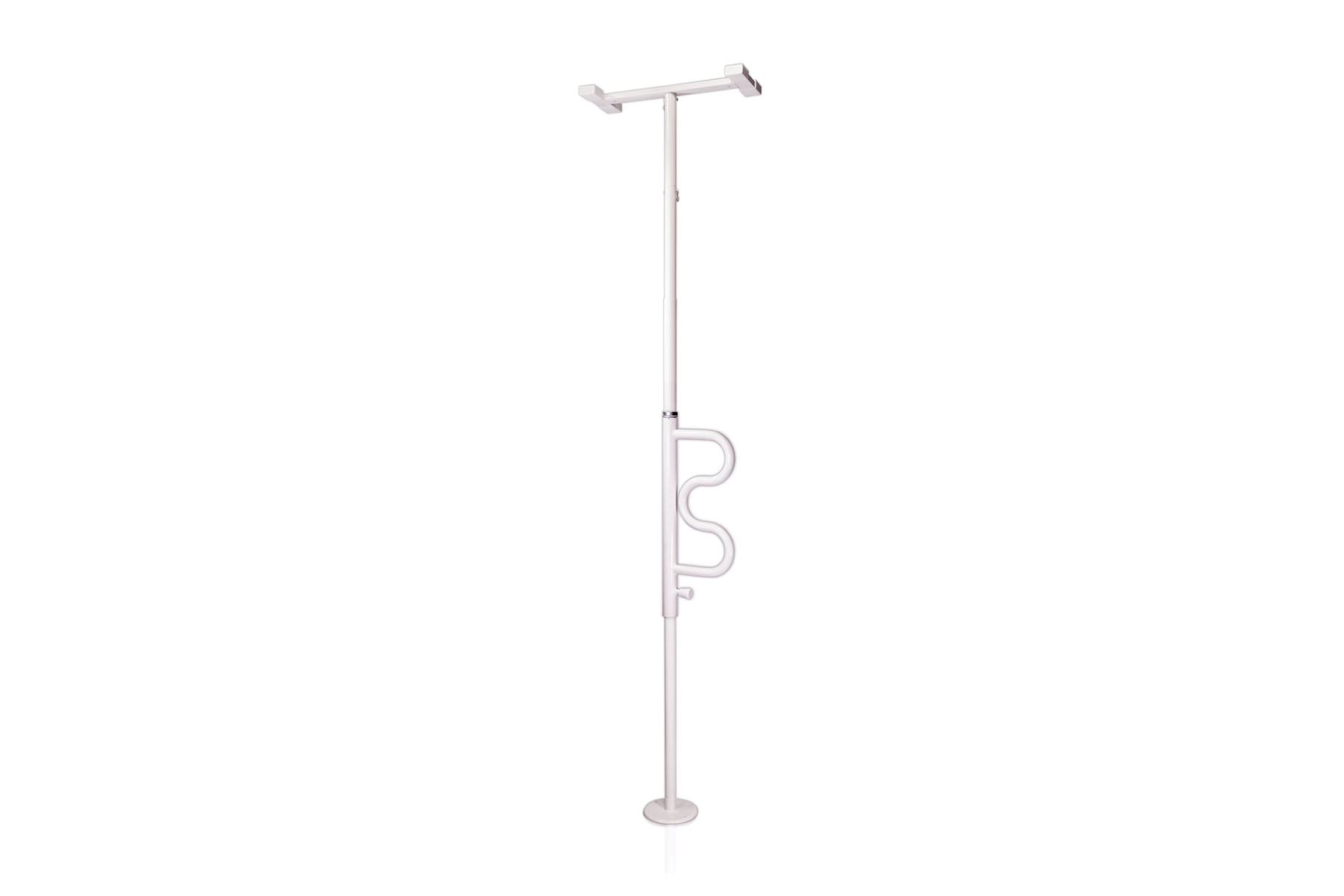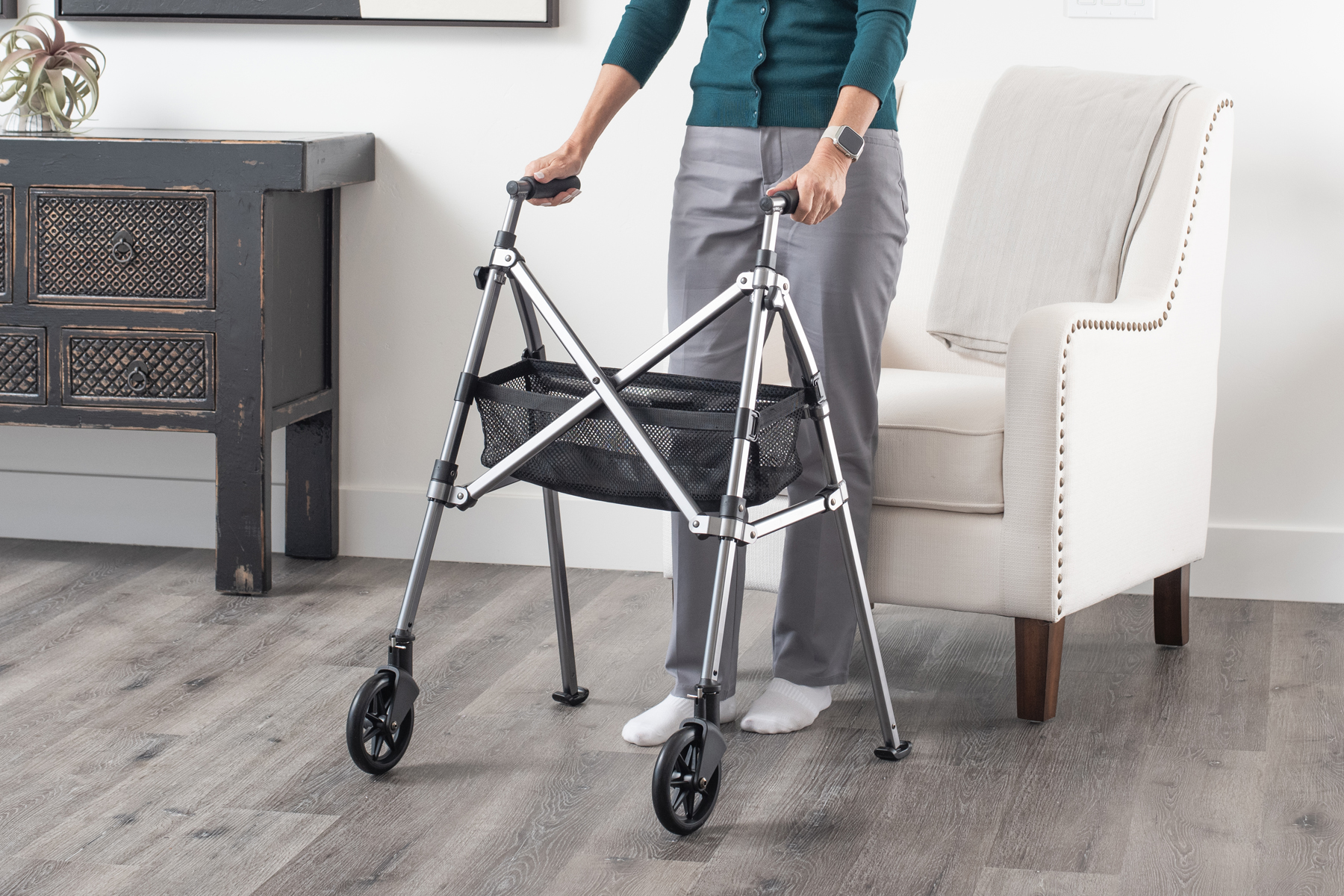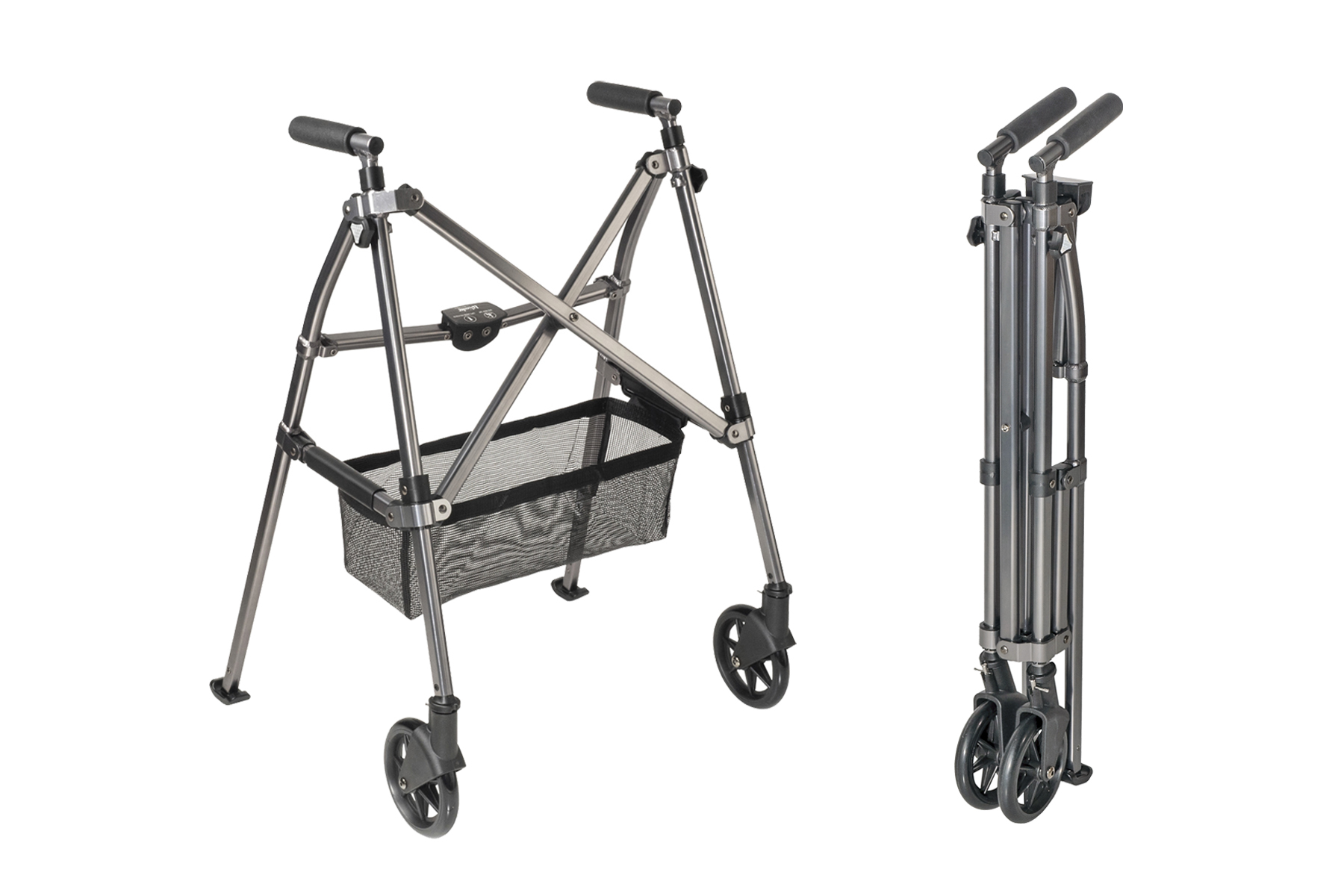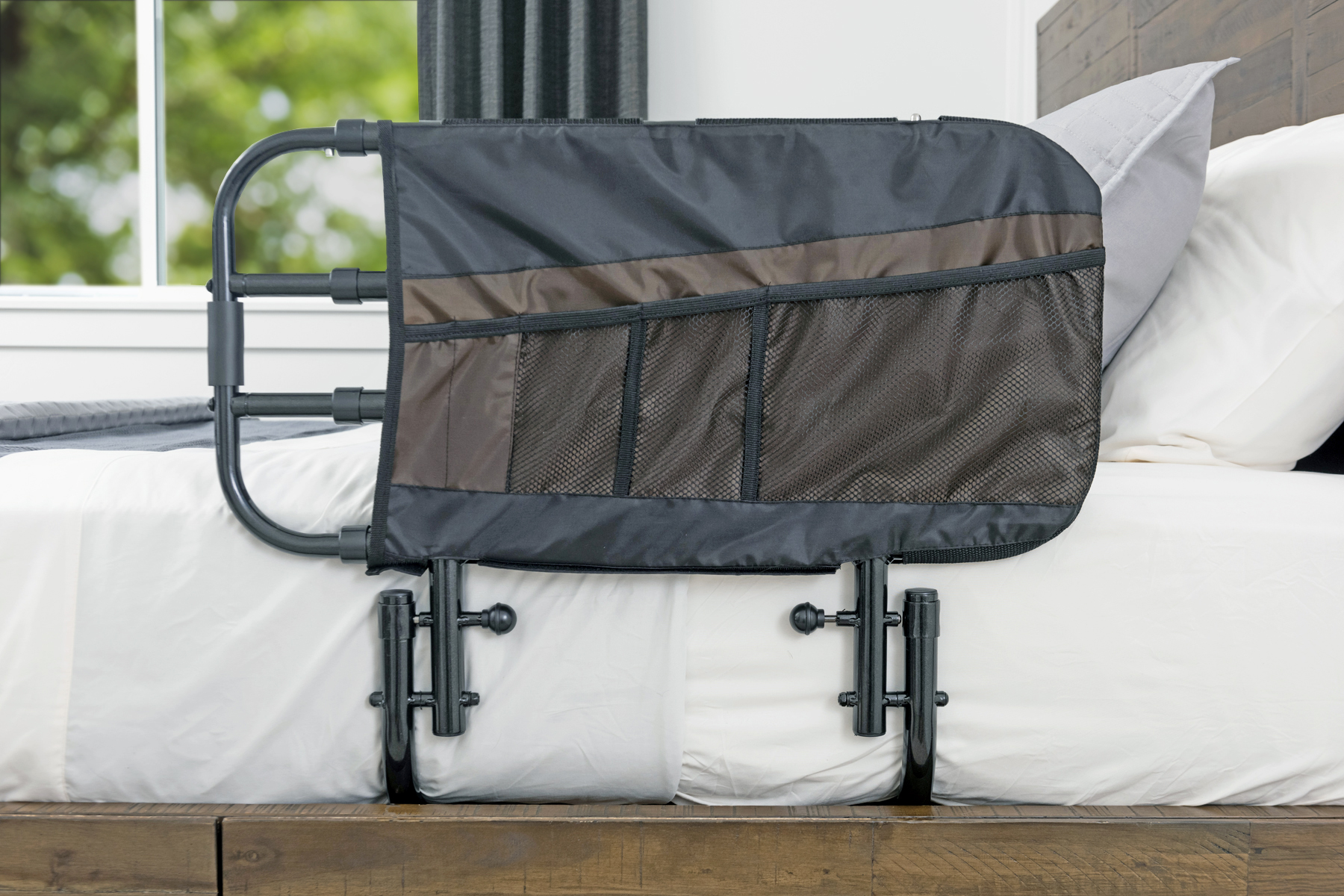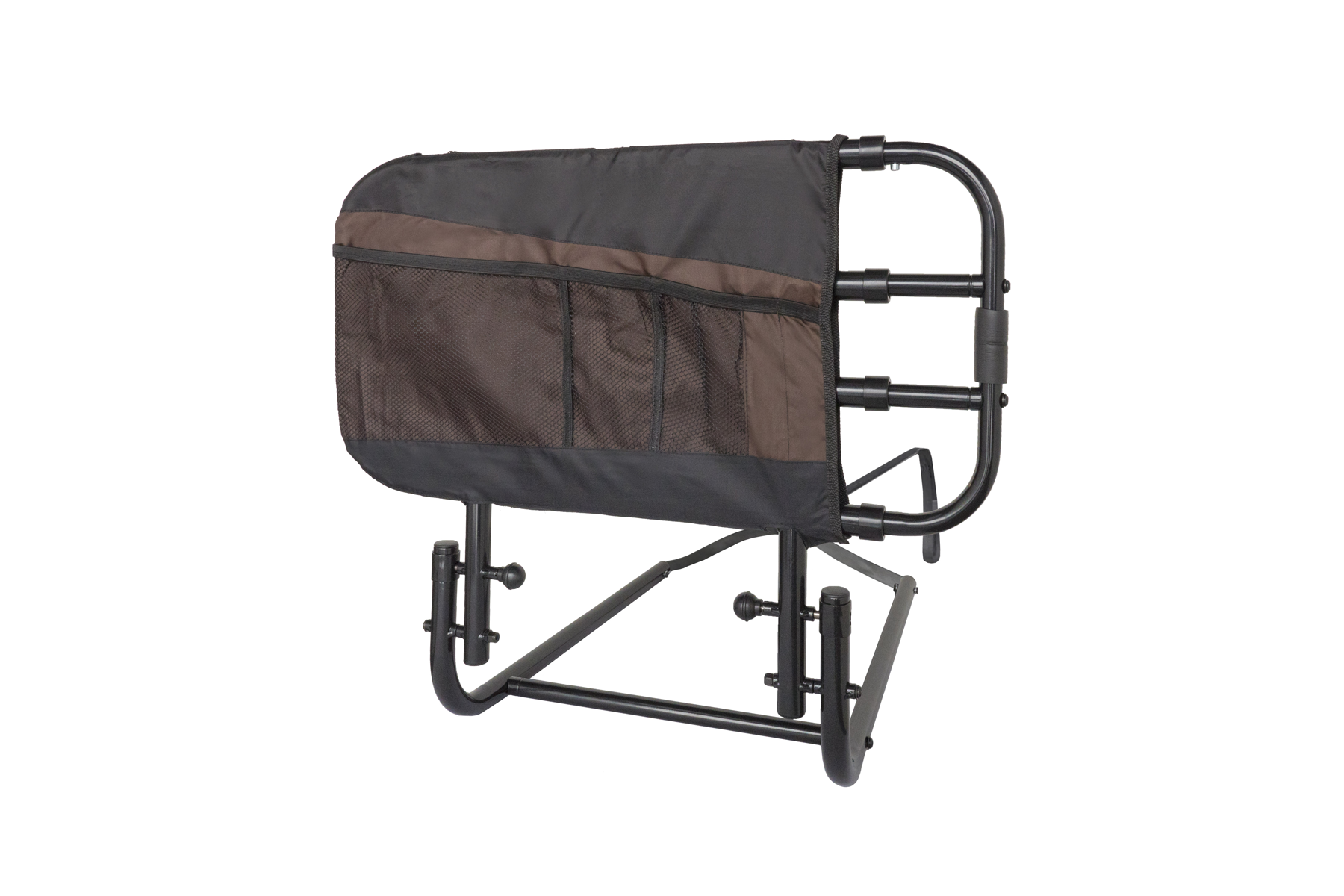Did you know that every 11 seconds, an older adult is treated in an emergency room for a fall related injury? Falls are also the leading cause of both fatal and non-fatal injuries in those who are 65 years and older. Falls can result in broken hips, fractured bones, and dangerous head injuries. These injuries force families to make difficult decisions regarding long-term care and can have serious implications on an elderly person’s mental health.
Subscribe to our Newsletter
Error: Contact form not found.
The Main Causes of Falls
The risk of falling doubles once an initial fall occurs. Sadly, most of us don’t even think about preventing falls until a fall has already occurred and it’s too late. 65% of older adults with long-term care needs rely exclusively on family and friends to provide assistance. You may be in this category, which means it’s your responsibility to assess risk and provide solutions to prevent your loved one from falling.
The good news about falls is that there are a myriad of solutions we can implement to help prevent them from happening. Knowing the common causes of falls and providing solutions can help your loved one stay healthy and independent for as long as possible. Here are some common causes that leads to falls:
Environment: Aging adults want to stay in their own homes for as long as possible, but these homes may not be safe. There are simple modifications and many solutions you can purchase to transform their home into a safe environment.
Balance: Losing balance and coordination as we age is a fact of life. The less active we become, the less mobile and flexible our body gets.
Vision Impairment: As we age, less light reaches the retina, making tripping hazards more difficult to see.
Chronic Conditions: Chronic illnesses have replaced acute illnesses as the major health problem of older adults. In fact, over 91% of older adults have more than one chronic health condition. Chronic illnesses such diabetes, strokes, or arthritis result in a loss of function, thus increasing the chance of falling.
Medication: Many prescriptions or over-the-counter drugs cause side effects such as dizziness or dehydration that lead to falling.
Now that we’ve covered common causes of falls, let’s go over five easy ways that will help prevent your loved one from falling.
1. Talk candidly with your loved one about the current state of their health and mobility
Most older adults refuse to admit that they are prone to falling. Honest conversations need to be had between senior and caregiver in order for both to understand what steps need to be taken to ensure safety. Telling your loved one how concerned you are for their health and wellbeing and asking for honesty can go a long way in having open conversations about their mobility needs. Discussing the common causes of falls and how they are affected by each one will give you an idea of what solutions to provide. Here are a few good questions to ask:
-
- How do your medications make you feel? Are you able to remember to take your medications at the correct times?
- Are you experiencing any dizziness, lightheadedness, or imbalance as you lie down, get up, or walk?
- How is your vision and hearing? Do you need to update the prescription of your glasses?
- Are there any daily tasks that are more difficult to do now than it was to do before?
If there are any concerns from your conversations regarding their health, encourage them to visit their health care provider. These conversations are never a one-time deal and should occur on a regular basis.
2. Be observant as you care for them
Candid conversations are extremely important, but equally important to caregivers is observing your loved one and anticipating their needs. How are they getting up from their chair? Are they holding onto walls or other people as they walk? Are they able to reach essential items in their cabinets, pantry, or bedside table? Noticing how your loved one interacts with their home and how they get around can give you clues as to what they are not telling you about their health. It also gives you an idea of what you need to fix to ensure their safety and independence.
3. Find a balance and exercise program
With a doctor’s approval, physical activity will go a long way toward preventing a fall. Whether it be a program at the local community center or one that is performed at home, a consistent exercise program will enhance mobility by improving strength, balance, coordination, and flexibility. Experts recommend exercising at least three days a week for 30 to 60 minutes. Weights, stretching, cardio, yoga, Pilates, and evening doing Zumba will make doing regular tasks easier on the joints and limbs. It is best to make a schedule, or a daily routine for your loved one, with exercise and balance programs built-in at the same of the day.
If you or your loved one is afraid of physical activity because of their risk of falling, tell your doctor. A doctor may recommend a carefully monitored exercise program or refer you to a physical therapist. A physical therapist can create a custom exercise routine based on the appropriate level of activity aimed at improving gait and balance. Even a regular 20-minute walk around the neighborhood will go a long way in keeping your loved one on their feet for longer.
4. Perform a walk-through safety assessment of their home
Making your home safe for your loved one does not require a complete and expensive renovation of their home. There are simply modifications that can be made to make the home a safer place. A home safety assessment is an important step when deciding what needs to be done to prevent in-home falls. Safety assessments can be performed by accredited home medical professionals, or you can consult an occupation therapist for help. When performing a home safety evaluation, professionals will look for fall hazards in each room of the house and recommend a course of action to be taken to overcome such hazards. Here are examples of such red flags:
-
- Bathrooms: Can the patient easily get in and out of the bathtub or shower or get on and off the toilet safely? If the answer is no, grab bars, shower benches, raises toilet seats, or security poles will be recommended for purchase. In drastic cases, walk-in showers may be suggested.
- Lighting: Is the house properly lit, especially in dangerous areas of the home such as the stairs, bathroom, or while getting out of bed? If not, night-lights will be recommended for hallways, stairwells, and bedrooms.
- Bedroom: Is the patient prone to night tremors or sleepwalking? If so, they are at risk for falling out of bed. A full-length guard rail could be recommended to keep them from falling out of bed.
- Living Room: Is there clutter on the floor or furniture in the middle of the room that prevent tripping hazards? If so, boxes, décor, electrical cords, and even rugs may need to be relocated.
As you can see from these examples, it is important to place your focus on the most vulnerable areas of the home. Vulnerable areas are areas that prevent the most risk, or areas where the most time is spent. Bathrooms have a lot of hard surfaces and sharp edges, living rooms usually have large amounts of furniture or cords, and time is mostly spent in the bedroom during the morning and evening when balance and cognition may be impaired.
Home safety assessments go into detail in each area of the home to determine the best course of action for your loved one. For more ideas on evaluating the safeness of your home, sign-up to receive our Home Safety Evaluation Checklist for free. Our assessment tool offers a comprehensive checklist of room-by-room falling hazards and makes recommendations for best-in-class fall solutions aids such as bed rails, transfer poles, chair standing aids, walking devices, and more.
5. Use the right assistive devices
Whether it be a recommendation from your doctor, therapist, or your home safety assessment, using assistive devices are one of the easiest ways to prevent falls. Here are a few examples of assistive devices you might want to consider:
-
- Bed rails and bed handles to prevent nighttime falls and falling when getting out of bed
- Handrails for both sides of stairways
- Grab bars and transfer poles for poles to get out of the tub or shower
- Raised toilet seats or toilet rails to help get on and off the toilet
- Bath or shower bench to use while bathing
- Couch cane for stand assist to get up and down from a favorite chair
- Lift chairs to help get to a standing position
- Walker or rollator for balance and stability while walking
The Bottom Line
When purchasing an assistive device, it is vitally important to find the right device for your loved one. Using a device that does not fit their body, walking styles, or furniture correctly can actually increase the risk of a fall. It is a good idea to talk to a professional who can help fit your loved one to the correct device. To consult a home medical equipment retailer near you, use the dealer locator tool on our website. And while everyone loves a good deal, remember that no price is too great when purchasing equipment that will keep your loved one safe and independent.

